While the Reflecting Pond and the campus lakes are the heart of the water system at Stanislaus State, the conservation effort encompasses dozens of processes and procedures, all of which fall under the guidance of the University’s Facilities Department.
These photos show many of the ways the University is being a responsible steward of the water that not only is stored on campus but comes from the Turlock municipal water supply. They also highlight much of the technology in place that helps to make the University a leader in the CSU-wide water conservation effort.
- THE BIG ONE – The Reflecting Pond, maintained at a depth of around 5.5 feet, is the largest water storage basin on campus and is the heart of the irrigation system. It has an estimated capacity of 4.5 million gallons.

- RESTOCKING – This pipe serves to fill the Reflecting Pond. Note the cut-off valve at the right, which allows water to be diverted to fire crews in case of emergency.

- KEEPING IT MOVING – Lake aerators keep water from becoming stagnant. The use and height of these aerators has been reduced to curtail evaporation.

- BACK TO NATURE – Willow Lake is the home of many plants and animals native to the region while still serving the University’s water storage needs.

- KEEPING THINGS COOL – The cooling tower is the heart of the campus air conditioning system. This evaporative cooler is being converted to use water from the campus irrigation system, which will save an estimated 5 million gallons of water annually.

- A MATTER OF DEGREE – A panel on the chiller unit in the cooling tower measures the temperature of water at entry and exit points. A front-end filter is being designed to allow this water to be drawn from campus

- KEEPING THINGS CLEAN – This meter under the cooling towers measures the particulate content in parts per million. Once the particulate level reaches 1,000, the water is blown through the cooling tower and returned to the campus irrigation system.

- WATCHING THE WATER – This display panel in the Central Plant control room shows the flow of water, temperatures and the real-time load of the entire cooling tower system.
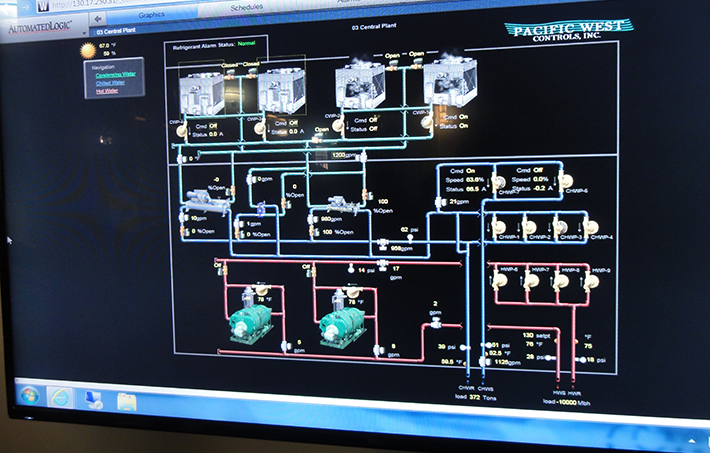
- THE EBB AND FLOW – This panel allows campus facilities personnel to check on how much water has flowed into the system in any time period. This screen shows that the campus returned 71,853 gallons to the system after the previous night’s irrigation.
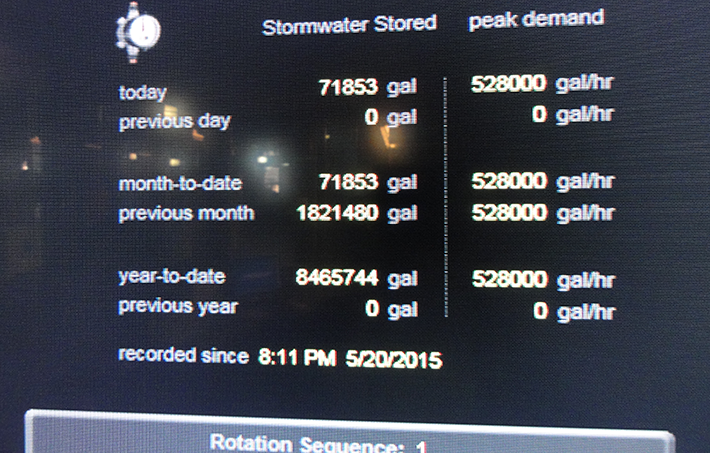
- HIGH-TECH WATER METER – This display panel shows exactly how many gallons of water have been used for on-campus irrigation during any time period. The ability to measure inward and outward flow began this spring with the installation of this system, which explains the zero for “previous year.”
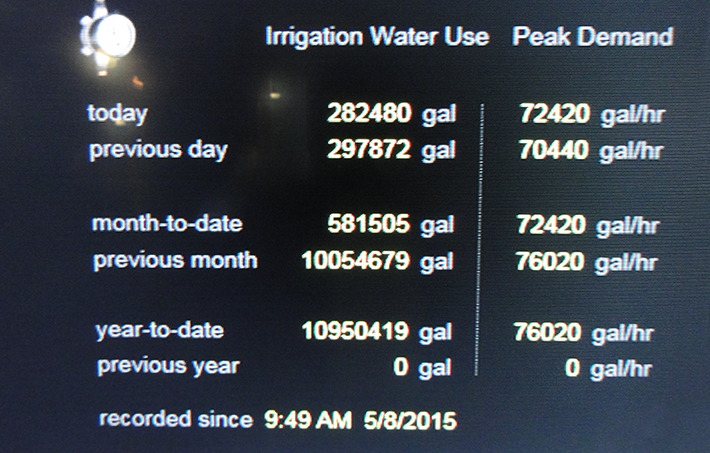
- KEEPING THINGS MOVING – A series of pumps, located in the storm/irrigation pump station, pulls water from drains on campus as well as from perimeter streets and sends it into the irrigation system.
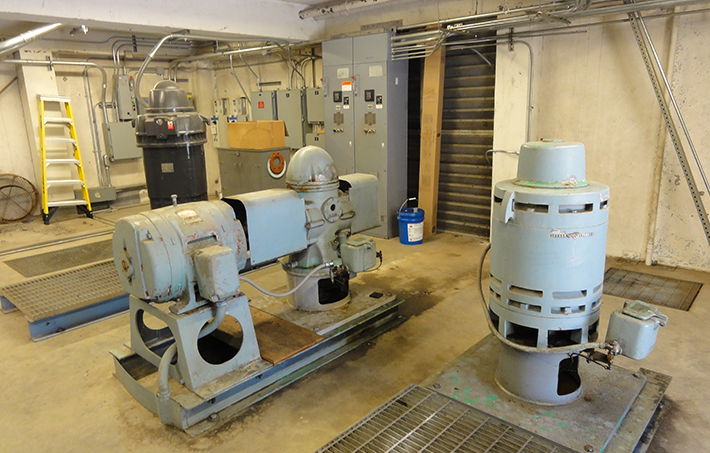
- JUST RIGHT –Jacinto Arreola of John Deere Green Tech installs a control station next to Warrior Lake that will allow irrigation in that area to be controlled from the Central Plant according to watering needs and weather conditions.
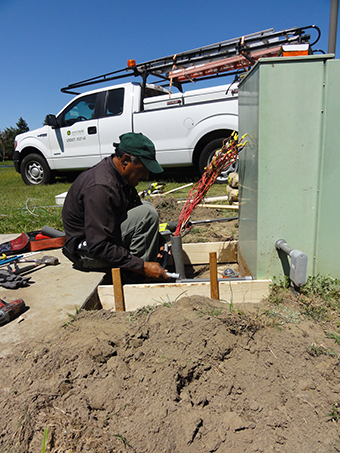
- INSIDE INFORMATION – The University is planning to have up to 44 high-tech irrigation control stations.
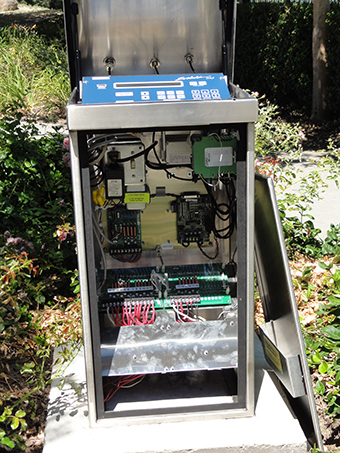
- NEW EQUIPMENT – A water-flow meter recently installed in the Science I Building is in constant communication with the command center located in the Central Plant control room.

- THAT’S SMART – Located throughout campus, modern drinking fountains allow water bottles of all types to be reused.
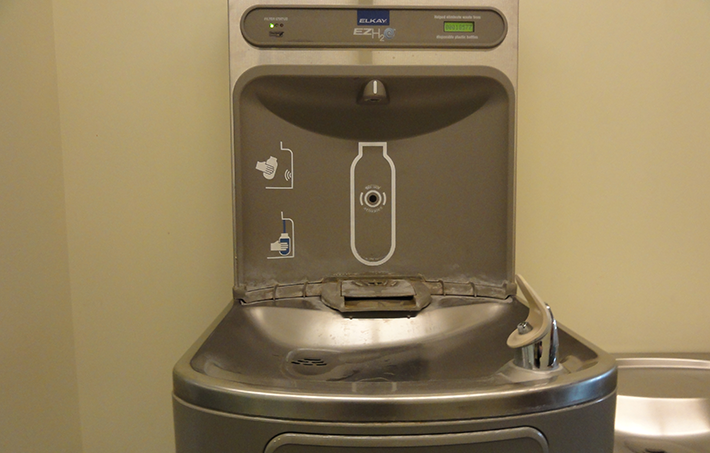
- REFILL ’ER UP – A meter on the fountain shows that at this station alone, 18,577 bottles have been reused. According to the Water Footprint Network, the amount of water it takes to make a plastic water bottle can be up to seven times the bottle’s capacity.
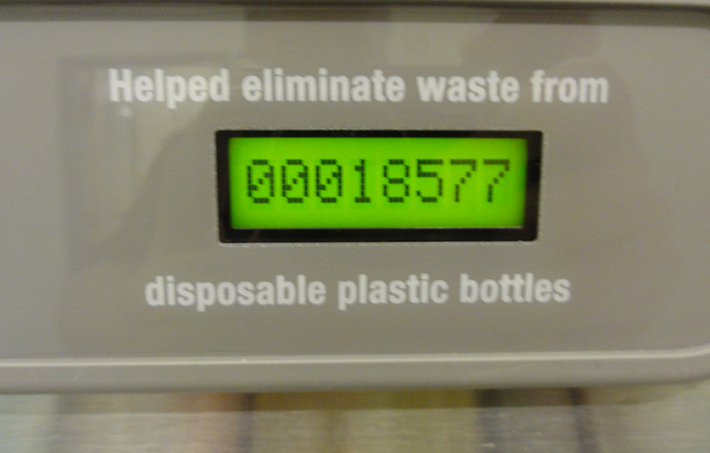
- GOING WITH THE LOW-FLOW – This is one of nearly 100 lavatory faucets on campus that have been switched from 2.5 gallons-per-minute aerators to 1 GPM aerators, a savings of 60 percent.
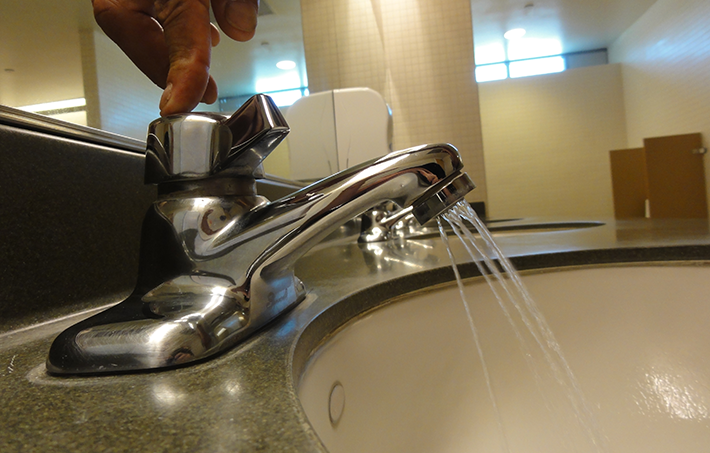
- SAVING BY THE GALLON – In the Fitzpatrick Arena complex, 64 shower heads have been switched from 2.5 GPM to 1.5 GPM aerators, a 40 percent flow reduction.
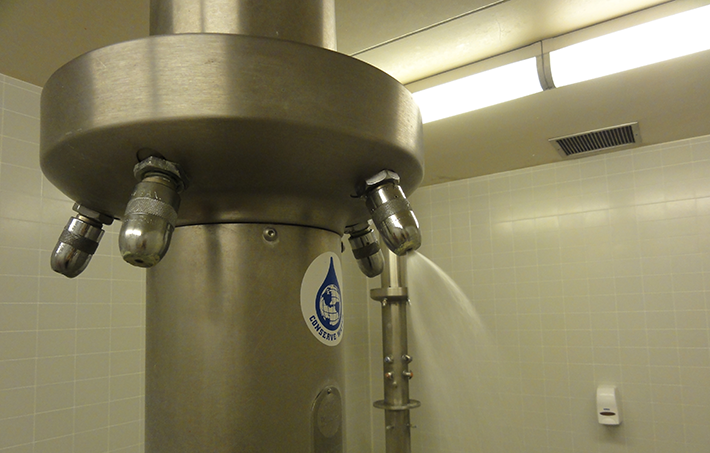
- LOOKING GOOD – While Stanislaus State remains one of the most beautiful campuses in the state university system, the most prudent way to address the drought is to allow some areas of grass to turn brown.
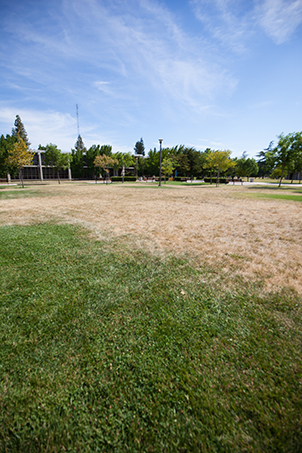
Updated: July 19, 2022